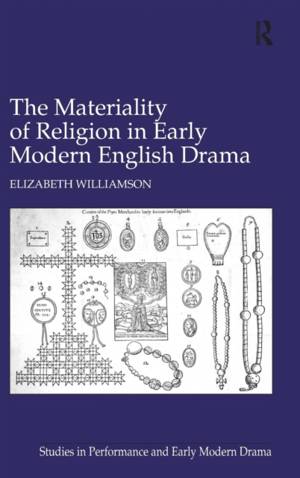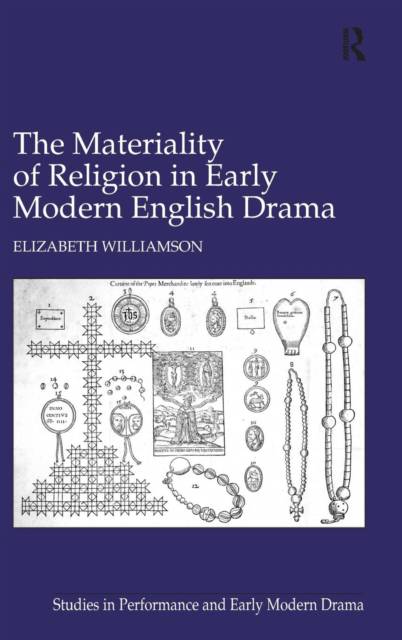
- Afhalen na 1 uur in een winkel met voorraad
- Gratis thuislevering in België vanaf € 30
- Ruim aanbod met 7 miljoen producten
- Afhalen na 1 uur in een winkel met voorraad
- Gratis thuislevering in België vanaf € 30
- Ruim aanbod met 7 miljoen producten
Zoeken
The Materiality of Religion in Early Modern English Drama
Elizabeth Williamson
€ 305,45
+ 610 punten
Omschrijving
The Materiality of Religion in Early Modern English Drama is the first book to present a detailed examination of early modern theatrical properties informed by the complexity of post-Reformation religious practice. The study explores the relationship between popular culture and theatrical performance by considering the social history and dramatic function of certain stage properties, addressing their role as objects of devotion, idolatry, and remembrance on the professional stage.
Specificaties
Betrokkenen
- Auteur(s):
- Uitgeverij:
Inhoud
- Aantal bladzijden:
- 242
- Taal:
- Engels
- Reeks:
Eigenschappen
- Productcode (EAN):
- 9780754668275
- Verschijningsdatum:
- 10/09/2009
- Uitvoering:
- Hardcover
- Formaat:
- Genaaid
- Afmetingen:
- 156 mm x 234 mm
- Gewicht:
- 517 g

Alleen bij Standaard Boekhandel
+ 610 punten op je klantenkaart van Standaard Boekhandel
Beoordelingen
We publiceren alleen reviews die voldoen aan de voorwaarden voor reviews. Bekijk onze voorwaarden voor reviews.








